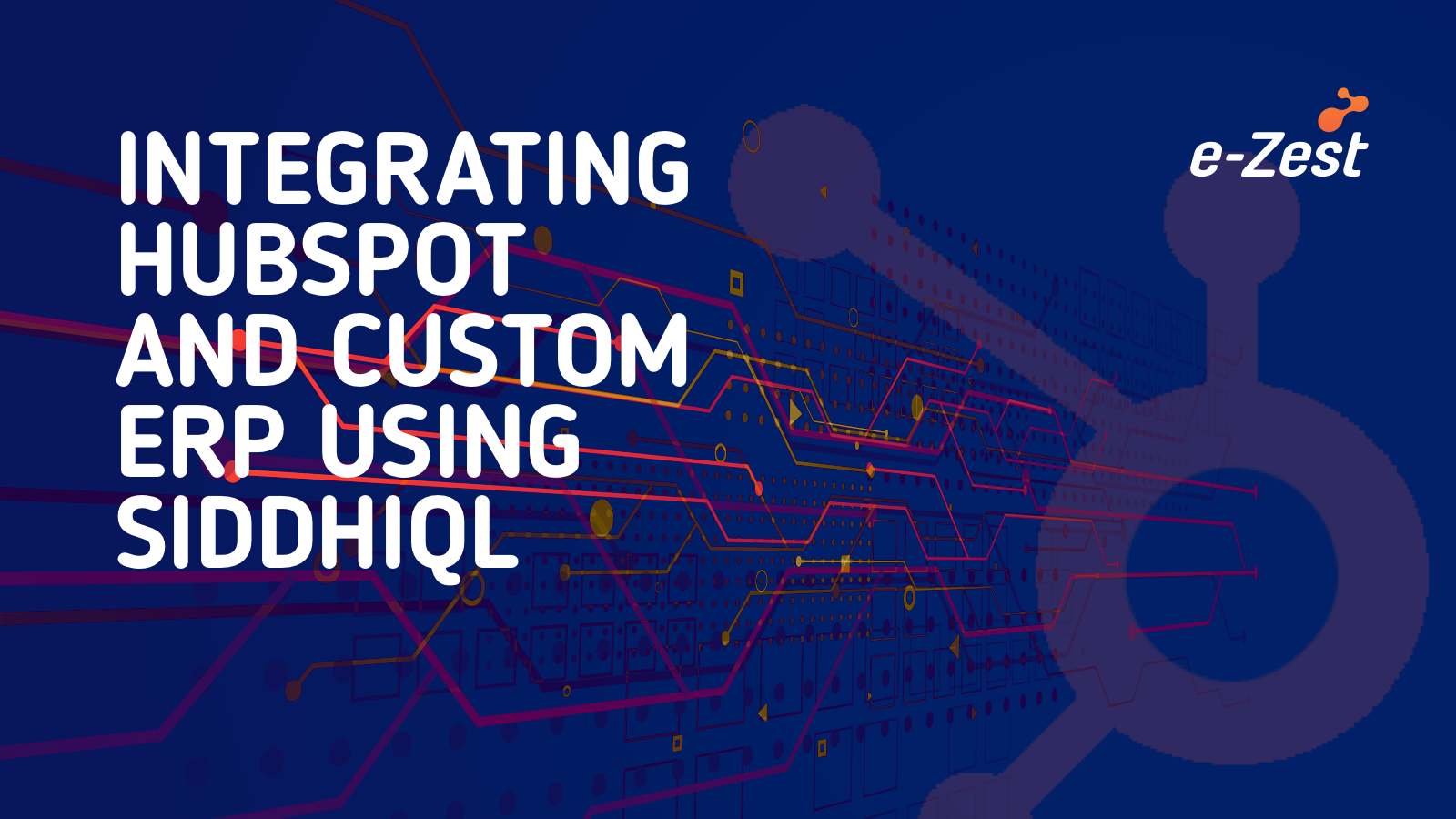In the last decade, ERP (Enterprise Resource Planning) have exploded into the global business landscape. The economic downturn took a bite out of ERP profits, but trends and impending product launches portend good things for ERP in 2010. The global recession had a major impact on the ERP software market in 09, but 2010 is shaping up to be a banner year in ERP. Many industries already have realized the need for ERP solutions, thanks to a number of emerging trends, as well as a pair of highly anticipated product launches.
An ERP package can streamline and automate the different important functions of an organization. A primary benefit of ERP is easier access to reliable and integrated information, elimination of redundant data and the rationalization of processes, which results in substantial cost savings. It enables decision-makers to have an enterprise-wide view of the information they need in a timely, reliable and consistent fashion. The system provides consistency, visibility and transparency across the entire enterprise. The integration among business functions facilitates communication and information sharing, leading to dramatic gains in productivity and efficiency.
The main difficulty that an organization faces while running a business is the need for quick information. For making any crucial decisions and for running the business, one has to have all required information on time. ERP improves coordination between all operations, it can simultaneously streamline the workflows and processes them according to the priority level hence giving benefits to the user. ERP in short is the business solution provider which helps an organization run its business smoothly and promotes growth.
ERP definitely helps any organization improve its business performance by reducing the lead time of the product that is being produced by any company. It integrates and automates most business processes and shares information enterprise-wide in real-time, thereby improving customer service and the corporate image. ERP provides business intelligence tools like decision support system, executive information system, reporting, data-mining and early-warning system thus enabling people to make better decisions and improve the business processes. ERP not only addresses the current requirements of the company but also provides an opportunity for improvement and refinement in the business process on a continuous basis. As a crucial evolutionary step in business, ERP was originally envisioned as a “one-size-fits-all” modularized software approach to the management of most of the core business activities. Today companies use ERP to manage product planning, purchasing and logistics, inventory management, production, vendor management, customer service, finance, human resources and many other basic business activities.
There can be no doubt in the promising opportunities and prospects of ERP in the future in both software and non software sectors. Whether the enterprises’ growth plans include buying and selling in the global marketplace, adding more talent to their teams, or expanding the services, ERP has the tools and the flexibility to successfully accelerate the business expansion and streamline existing business and operational processes thereby improving efficiency and productivity. Though there is always a threat of security, piracy, hacking of sensitive data etc, stagnation is a bigger threat to a business organization. So after taking the proper security measures, ERP systems can be a boon to every organization that is trying to survive in this competitive world and want to be the best in the business.
e-Zest defines ERP as an enterprise re-engineering solution that uses new business computing paradigms to integrate IT processes across company divisions and departments. e-Zest’s expertise and experience with large enterprises has enabled it to develop and provide unique and customized ERP solutions to its customers. e-Zest helps its clients deal with the associated challenges of support, upgrades, integration change management, and controlling cost and scheduling overruns.


